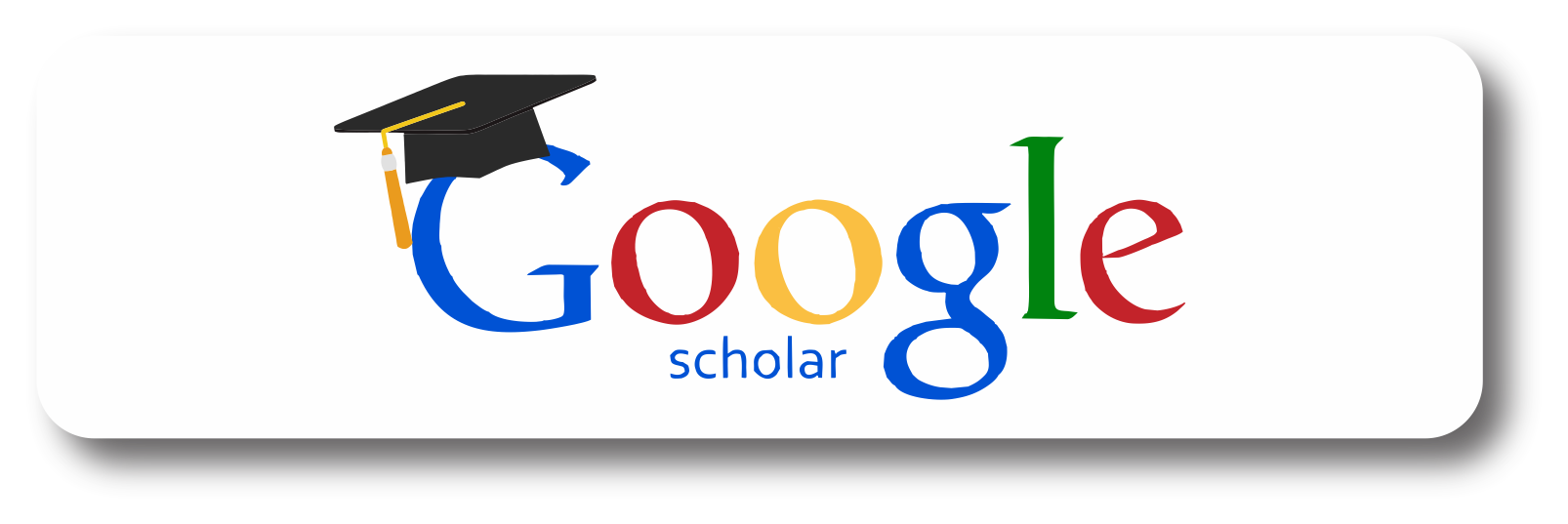THE IMPACT OF DIGITAL TECHNOLOGIES ON STUDENTS' THINKING AND ABILITIES IN THE EDUCATIONAL PROCESS
Keywords:
digital technologies, educational process, students’ thinking, cognitive skills, critical thinking, self-directed learning, problem-solving, interactive learning, educational technology.Abstract
This article examines the impact of digital technologies on students’ thinking processes and abilities within the educational context. It discusses how digital tools enhance cognitive skills such as critical thinking, problem-solving, and creativity by providing interactive and personalized learning experiences. The article also addresses the role of digital literacy and self-directed learning in developing students’ information evaluation and metacognitive skills. Additionally, it highlights potential challenges, including distraction and passive engagement, and emphasizes the importance of balanced and intentional integration of technology by educators to maximize learning outcomes.
References
1. Buckingham, D. (2007). Digital media literacy: A research agenda. Learning, Media and Technology, 32(1), 3–14. https://doi.org/10.1080/17439880701238669
2. Carr, N. (2010). The shallows: What the internet is doing to our brains. W. W. Norton & Company.
3. Dillenbourg, P. (1999). What do you mean by collaborative learning? In P. Dillenbourg (Ed.), Collaborative-learning: Cognitive and computational approaches (pp. 1–19). Elsevier.
4. Gee, J. P. (2013). Good video games and good learning: Collected essays on video games, learning and literacy. Peter Lang Publishing.
5. Mayer, R. E. (2009). Multimedia learning (2nd ed.). Cambridge University Press.
6. Small, G., & Vorgan, G. (2008). iBrain: Surviving the technological alteration of the modern mind. HarperCollins.
7. Zimmerman, B. J. (2002). Becoming a self-regulated learner: An overview. Theory into Practice, 41(2), 64–70. https://doi.org/10.1207/s15430421tip4102_2


